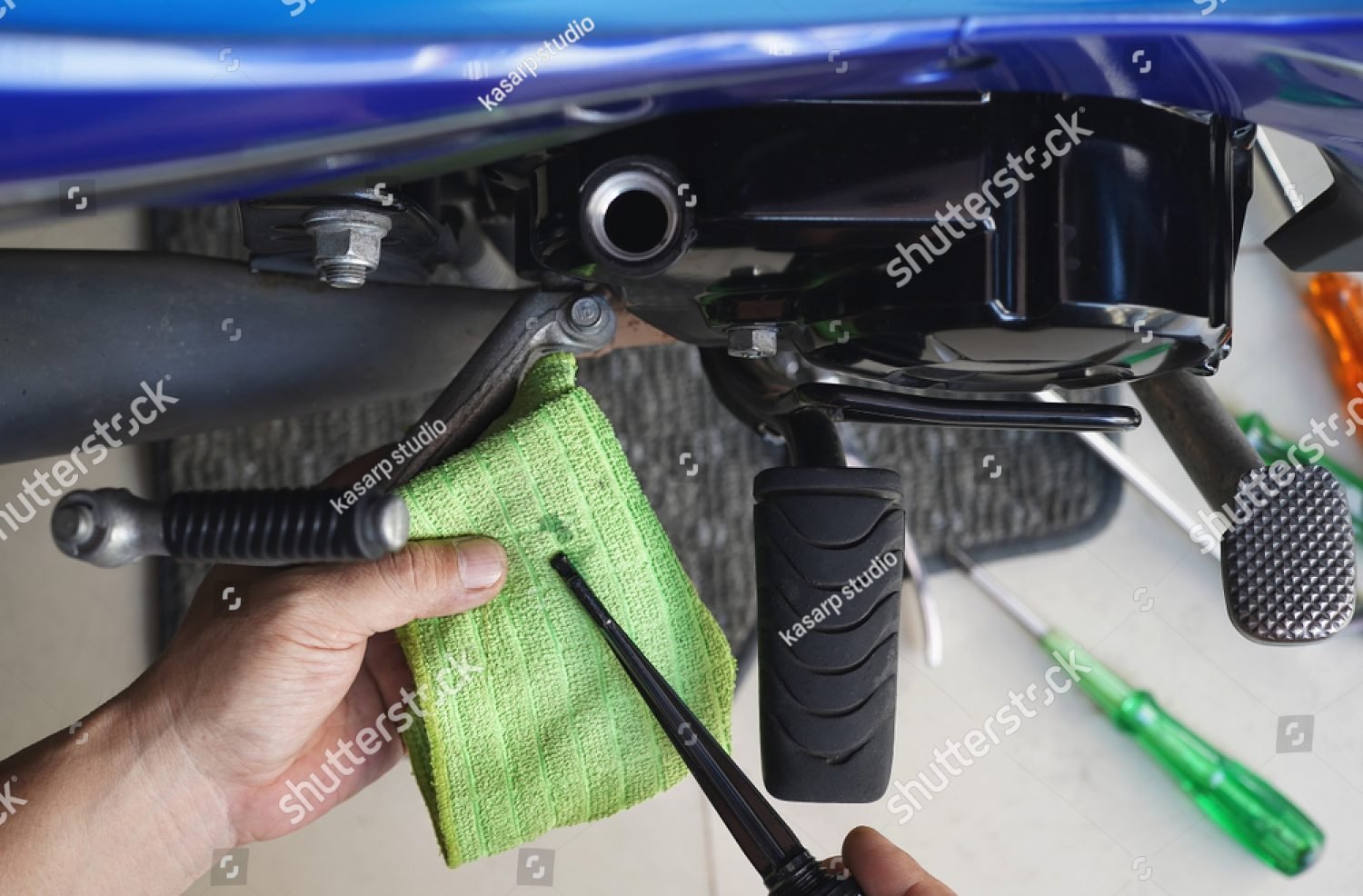Motorcycle ownership goes hand in hand with the responsibility of proper maintenance, and one of the essential aspects of caring for your bike is monitoring the engine oil level. Engine oil plays a crucial role in the health and longevity of your motorcycle’s engine, making it vital to understand the significance of maintaining the right oil level.
Engine oil serves multiple critical functions within a motorcycle’s engine. Its primary role is to lubricate the various moving parts, such as the pistons, camshaft, and crankshaft. Proper lubrication reduces friction and wear, which can lead to costly engine damage if left unchecked. Additionally, engine oil helps to dissipate heat from the engine, preventing overheating during prolonged rides or under intense conditions.
Monitoring the engine oil level is a straightforward yet essential task for any motorcycle owner. Regularly checking the oil level ensures that the engine has enough lubrication to function optimally. Riding with insufficient oil can cause parts to grind against each other, leading to metal-on-metal contact and eventual engine failure.
The frequency of checking your motorcycle’s engine oil level depends on factors like how often you ride, the engine’s age, and its overall condition. As a general guideline, it’s good practice to inspect the oil level at least once a week or before embarking on any long journeys. However, if you ride more frequently or have an older engine, more frequent checks may be necessary.
Checking the engine oil level is a relatively straightforward process that requires minimal effort. Start by ensuring your motorcycle is on level ground, allowing for an accurate reading. Locate the oil dipstick, which is typically near the engine and marked with a bright color for easy identification. Remove the dipstick, wipe it clean with a cloth, and reinsert it back into the oil reservoir. Then, remove the dipstick again and observe the oil level. The dipstick will have markings indicating the minimum and maximum oil levels. The oil level should ideally be between these two marks. If it’s close to or below the minimum mark, it’s time to add more oil.
When adding oil, use the type and viscosity recommended by the motorcycle manufacturer. Each motorcycle model may have specific requirements, so consult your owner’s manual or seek advice from a qualified mechanic if you’re unsure. Avoid overfilling the engine with oil, as excessive oil can lead to foaming and decreased lubrication efficiency.
Regularly checking and maintaining the engine oil level not only ensures the engine’s proper function but also offers additional benefits. Keeping the engine well-lubricated contributes to fuel efficiency and reduces harmful emissions. It also helps extend the engine’s life, saving you from potentially costly repairs or premature replacements.
Moreover, keeping a close eye on your motorcycle’s engine oil level allows you to detect potential issues early on. Drastic fluctuations in the oil level may indicate a leak or other engine problems that require immediate attention. Identifying and addressing these issues promptly can prevent further damage and ensure your safety while riding.
While checking the engine oil level, it’s also a good practice to inspect the oil itself. Healthy engine oil should appear transparent and amber-colored, indicating that it is still in good condition. If the oil looks dark, dirty, or has a milky appearance, it could be a sign of contamination or internal engine problems. In such cases, it’s advisable to have the oil changed and the engine inspected by a qualified mechanic.
The frequency of changing the engine oil is equally important. Over time, engine oil degrades, losing its lubricating properties and becoming less effective in protecting the engine. Regular oil changes are essential to maintain the engine’s performance and prevent premature wear. Refer to your motorcycle’s owner’s manual for the recommended oil change intervals, which can vary based on the bike’s make and model.
When changing the oil, ensure that you drain all the old oil completely and replace the oil filter as well. The oil filter helps remove impurities and contaminants from the oil, keeping the engine clean and running smoothly. A clogged or dirty oil filter can restrict the flow of oil, causing potential engine damage.
If you’re not confident in handling the oil change yourself, it’s best to take your motorcycle to a reputable mechanic or service center. They have the expertise and equipment to perform the task correctly and may also spot other maintenance issues during the inspection.
In addition to regular checks and oil changes, keeping your motorcycle’s engine in top condition involves storing it properly during periods of non-use, especially during the winter months. If your bike will be parked for an extended time, it’s advisable to change the oil before storage to prevent contaminants from sitting in the engine for too long. You can also apply a fuel stabilizer to the gas tank and remove the battery to ensure it stays in good condition.
In conclusion, paying attention to your motorcycle’s engine oil level is not only a matter of responsible ownership but also a crucial step in safeguarding your investment and ensuring a smooth and enjoyable ride. Proper engine lubrication prolongs the life of the engine, reduces the risk of breakdowns, and enhances fuel efficiency. Regular oil checks, timely oil changes, and attentive maintenance all contribute to a reliable and well-performing motorcycle. Remember that a well-cared-for engine will reward you with many trouble-free miles and adventures on the open road. So, take the time to monitor your engine oil level and embrace the joy of riding with confidence and peace of mind.

